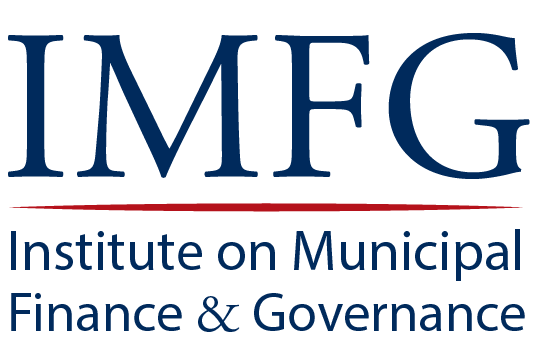Revenue Diversification in Large U.S. Cities
The housing crisis and the Great Recession have placed tremendous fiscal pressure on the United States’ central cities. Cuts in state government fiscal assistance to local governments, combined with shrinking property tax bases, make it hard for local governments to maintain current levels of public services. Although the property tax remains the single most important own source of municipal government revenues, the decline in property values and the rising tide of foreclosures suggests that relying on more diversified local tax bases may strengthen the ability of cities to provide a range of public services for their residents. In this paper, we use a panel of data on the financing of the nation’s largest central cities from 1997 to 2008 to explore the role of revenue diversification in determining the level of general revenues of the United States’ largest central cities. Because expenditure responsibilities vary among city governments and because different levels and types of government play different roles, we develop the concept of constructed governments in order to allow us to compare the revenue-raising policies of large central cities across time and space. Our empirical results provide strong support for the hypothesis that a more diversified revenue structure generates more revenues than one that relies primarily on the property tax.
